The 055 Daqu encountered a "siege" air force aviation personnel provided education

Recently, the central video media of China Central Radio and Television Station broadcast a report on the Navy's Type 055 large destroyer "Dalian" in the Northern Theater Command.
The report pointed out that during the joint air defense assessment organized by the "Dalian" ship and using the Air Force Aviation as the imaginary enemy, the Air Force Aviation unceremoniously dispatched multiple fighter jets to carry out multi-directional, multi-dimensional, and multi-wave attacks to launch a fierce attack on the Navy "Dalian" ship. In an interview, the cadres on the Navy's "Dalian" ship also admitted that the Air Force Aviation "really made them suffer."
As soon as the news was released, it triggered a heated discussion among everyone. Big Ivan took a look at it in the past few days, and the opinions on the Internet were simply diverse:

Some people believe that the Air Force Aviation dispatched the J-20 or even the "J-35" stealth fighter that was quietly commissioned in advance. Due to its stealth performance, the 055 large destroyer was not discovered; some people believe that the Air Force Aviation relied on the J-16 and J-16D to cooperate with each other for penetration, and relied on electronic countermeasures to blind the 055 large destroyer; There are also more theories, such as the general idea that the Air Force Aviation can chop melons and vegetables on the US Army's "Burke"-class, and the belief that naval surface ships are vulnerable to air force aviation sea-based attacks.
What happened to 055
How did the Air Force Aviation make the Navy's "Dalian" ship suffer? How to put this? From Big Ivan's point of view, many people tend to simplify this matter to complex issues, or complicate simple issues.
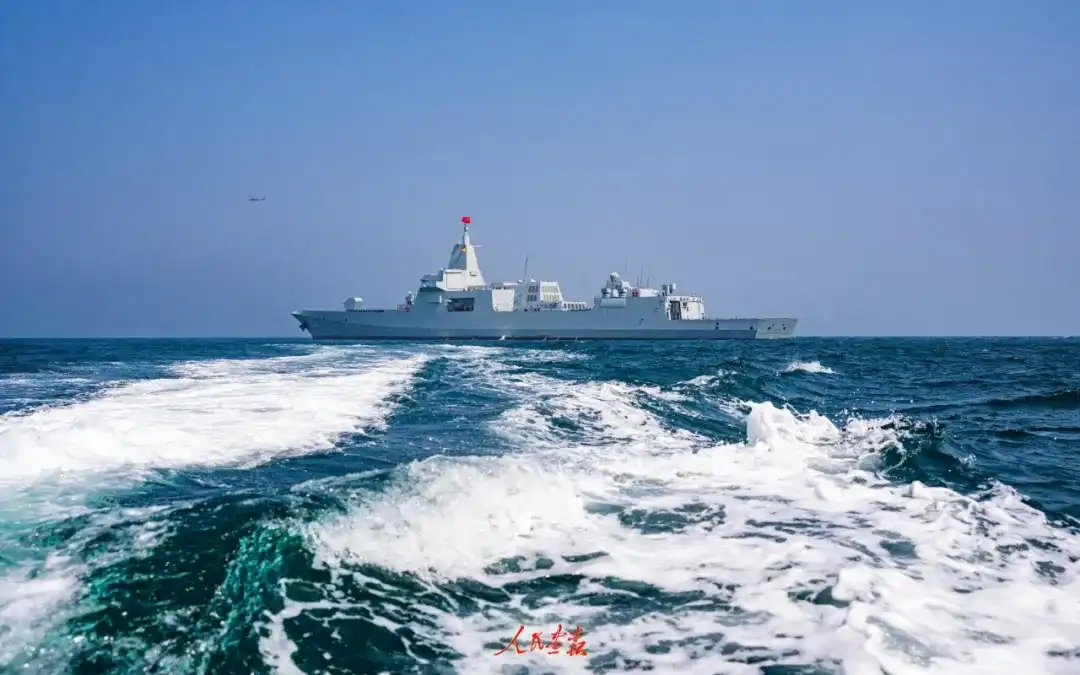
In fact, in maritime air defense/aviation sea control operations, there are too many controllable and uncontrollable factors. As far as the surface ships carrying out air defense countermeasures are concerned, the combat readiness level of the ship, the adequacy and technical status of the ship's various radars, reactance, missiles and other systems, the formation status of the ship, whether the ship has the coordination of other services and arms, etc., may all determine the outcome of this joint air defense confrontation.

For example, the simplest is the operation organized by the Argentine Naval Aviation on May 4, 1982 to attack the Royal Navy Type 42 destroyer HMS Sheffield. When the Argentine Navy's "Super Flag" fighter jet approached the anti-ship missile launch airspace, the "Sheffield"'s combat readiness level was not only not at the highest level, but instead implemented a combat level conversion from first level to second level. The crew had a second lunch.
The reason is that Captain Salter, who commanded the ship, made a mistake in judging the battlefield situation and believed that the Argentine Navy's aviation sea control threat was relatively small, which was the main factor. This wrong decision left the "Sheffield" in an unsuspecting state when it was attacked, and there were not even enough people on the bridge lookout post.

At the same time, when the Sheffield's radar system, missile system, etc. were either not warmed up in advance, or there were large and small failures, and the rate of success was insufficient. After all, any equipment has a proper rate and trouble-free working time. The joint air defense battle here is in full swing, and the radar over there suddenly overheats and burns the traveling wave tube for you. It will be weird if you don't go crazy. Naturally, there is no need to confront the air defense confrontation.
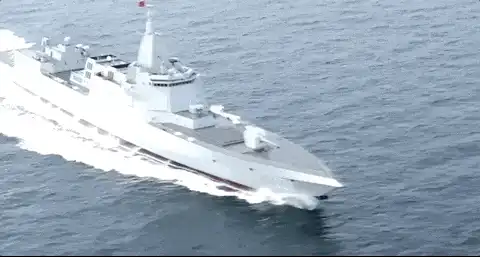
From the perspective of surface ship formation status and multi-service coordination, it is difficult for a single surface ship to implement effective high-intensity maritime air defense operations. Taking into account that the radar of a single ship has a continuous working time, multiple ships must cooperate to ensure continuous perception of the airspace. Tactical feints often require multiple ships to turn on alternately radars, making it difficult for the enemy to understand the configuration and even dead position of the fleet, making it difficult to carry out electronic support (ESM) operations. What's more, judging from the geographical characteristics of maritime air defense, due to the curvature of the earth, it is difficult for a single surface ship to maintain surveillance of low-altitude and ultra-low-altitude targets flying near water antennas.
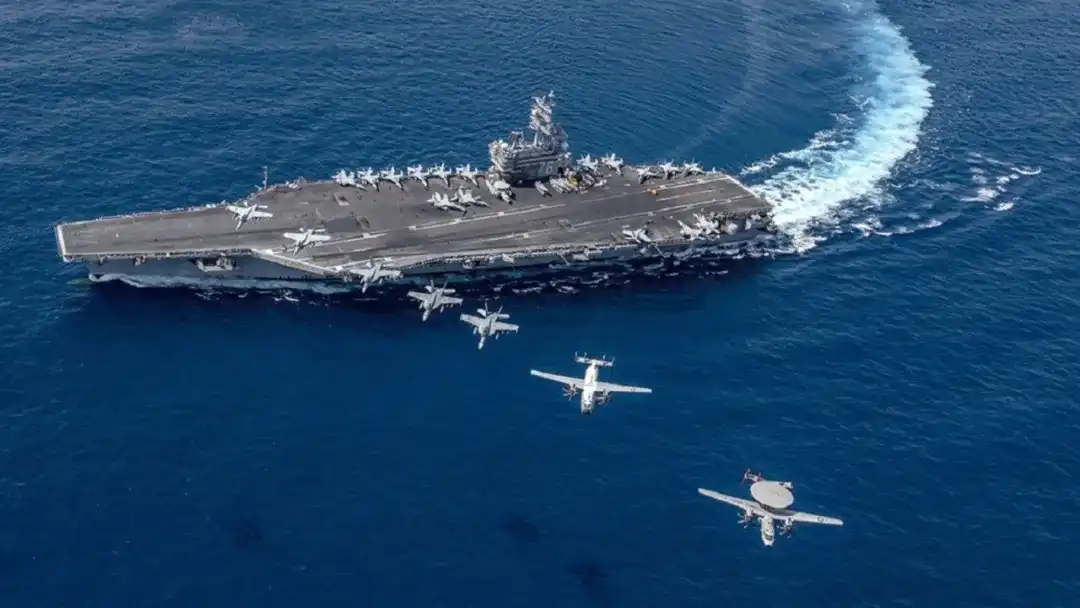
Therefore, radar sentry ships need to be out for surveillance, and it is best to be equipped with early warning aircraft flying in the air. From the perspective of modern fleet air defense, it can almost be said that there is no early warning aircraft or fleet air defense. Early warning aircraft can greatly expand the fleet's situational awareness range and improve the fleet's air defense depth. Some of them are equipped with a Cooperative Engagement System (CEC) Early warning aircraft can also cooperate with surface ships to carry out over-the-horizon long-range air defense interception operations, which is indispensable for surface ships.
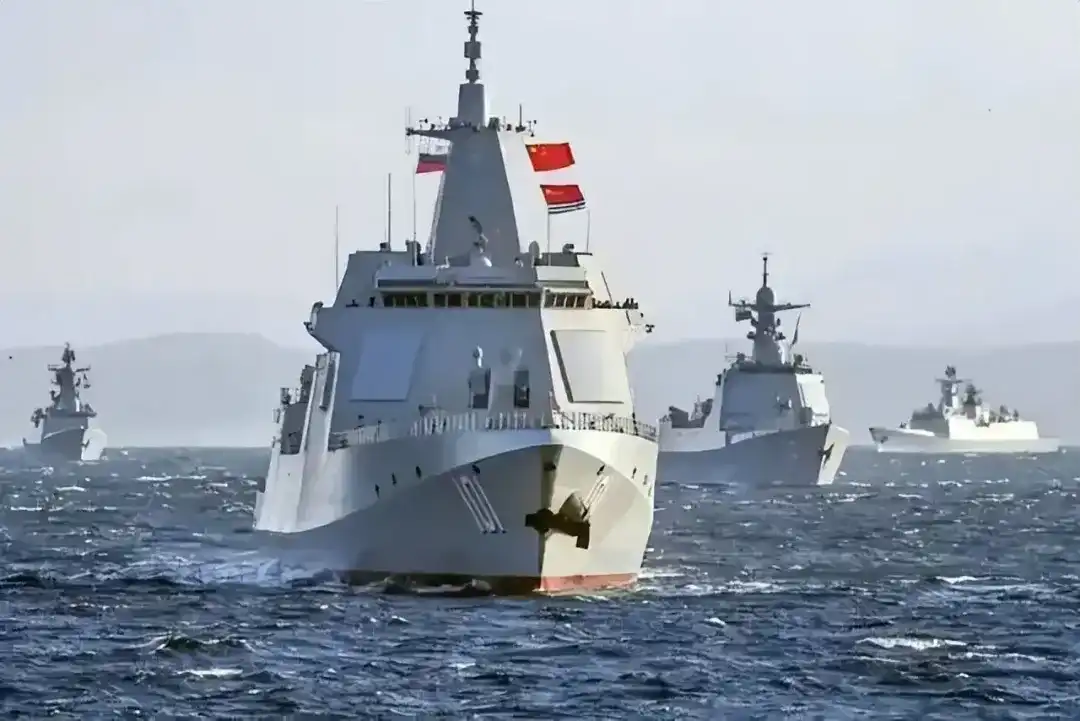
During the joint air defense assessment organized by the "Dalian" ship, it was unclear whether the "Dalian" ship was dispatched by a single ship or whether it received cooperation from such as the Type 052D destroyer and the Type 054A frigate. It was also unclear whether the "Dalian" ship received cooperation from the AWACS. However, judging from the terminology used in CCTV's reports, Big Ivan prefers the limited support from other ships, especially other services and arms, the "Dalian" ship. Under this situation, its air situation awareness ability is insufficient, and it is actually not surprising that it was beaten by the Air Force Aviation Corps.
Air defense operations of surface ships
Finally, we would also like to mention in particular that in fact, in air defense operations of surface ships, the command level of the commander and the degree of cooperation between radars, mines and other systems also determine the success or failure of air defense operations.

In air defense operations, how to effectively determine the main threat direction, reasonably allocate attention and situational awareness/fire direction, how to effectively cooperate between various battle positions and sort threats, methodically use multiple weapons to implement air defense interception, electronic warfare How to cover ships in electronic warfare, conduct electronic warfare against incoming targets, and how to closely cooperate between various battle positions is even more critical to the victory or defeat of ships in air defense operations than a simple hardware system.
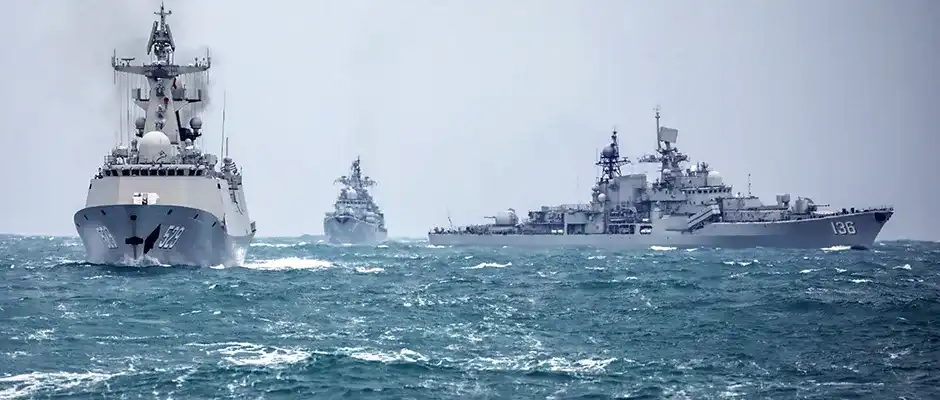
Judging from the joint air defense confrontations previously implemented by the Chinese Navy, there have been more than one case in which a cutting-edge ship was shot black by an old ship during the confrontation. The active phased array radar and long-range area air defense missiles equipped with the cutting-edge ship seemed to be completely ineffective. Instead, it was a case in which the short-range air defense missiles equipped on the old ship successfully intercepted the target.

This actually proves that in modern naval warfare, although hardware factors are very important, the level of the commander and the coordination and manipulation of the entire ship's crew determine the upper limit of the ship's performance to a greater extent. For the "Dalian" ship, its own performance may be fine, but mistakes have occurred in the coordination of the crew or the judgment of the commander, which may also lead to the failure of joint air defense operations.
All in all, the failure of the "Dalian" ship in this air defense operation may lead to many factors. It may be simple, but it may also be complex.
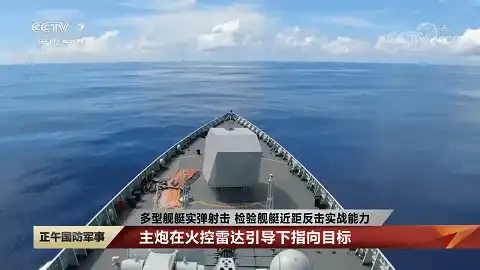
In fact, if we ignore the factors of surface ships as the defender or surface ship formation, aviation sea control operations and fleet joint air defense are themselves a form of operations that is very beneficial to the attacker, whether it is from the attacker itself or from the geographical perspective. This is true for meteorological factors.

Let's talk about geographical and meteorological factors first. We mentioned the curvature factor of the earth earlier, which allows the offensive party of aviation sea control to reach close to the surface ship through ultra-low altitude penetration, while avoiding being carried by the surface ship. Radar discovery; in terms of meteorological and hydrological factors, the impact of multi-path effects on the sea surface, sea breeze, waves, sea surface clouds, etc. on the radar detection capabilities of ships is far greater than the fire control radar of aircraft equipment implementing aviation sea control.

The simplest example is that many surface ships are unable to launch missiles normally under high sea conditions, let alone whether the radar can be turned on normally, but aerial sea-control fighter jets are not subject to this restriction and can fully fly. Carry out detection above the stratosphere, and enter low altitude at the terminal stage to carry out missile attacks. This allows the attacker to make better use of geographical, hydrological, and meteorological factors, which have relatively less constraints on aviation and maritime organizations to organize attacks.
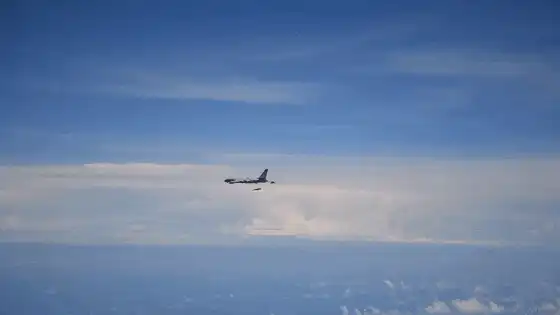
From the perspective of the offensive side of aviation sea control, it has more tactical advantages. For example, in terms of modern aviation sea-control methods, supersonic anti-ship missiles can launch attacks at a distance of 500 kilometers, and hypersonic vehicles can even extend the strike distance to 1000 kilometers.
As long as the aircraft's situational awareness/electronic intelligence information collection (ISR/ELINT) capabilities can support it, and the launch control system supports long-range attacks, then the aircraft's attacking party can fully attack outside the zone, and the air defense ship cannot come into contact with the aircraft's anti-ship missile carrier of the aircraft and can only see waves of missiles flying over, and interception can only be used to intercept missiles or hypersonic aircraft.

For example, judging from the attack organization of the aviation sea-making offensive party, the aviation sea-making offensive party uses a weapon such as aircraft. Compared with surface ships, the aircraft is more mobile and fast, and can easily enter the attack from the main threat direction of the surface ship. From the side and rear, it is also very convenient to organize multiple battle groups such as feint, cover, and main attack.
When faced with such a single ship or small ship group and a target lacking coverage by early warning aircraft and fighter aircraft, it is entirely possible to use a small number of feint groups to attract the attraction of surface ships to a certain tactical direction, and then a large fleet of ships can enter the attack from another direction to achieve the strongest suddenness.
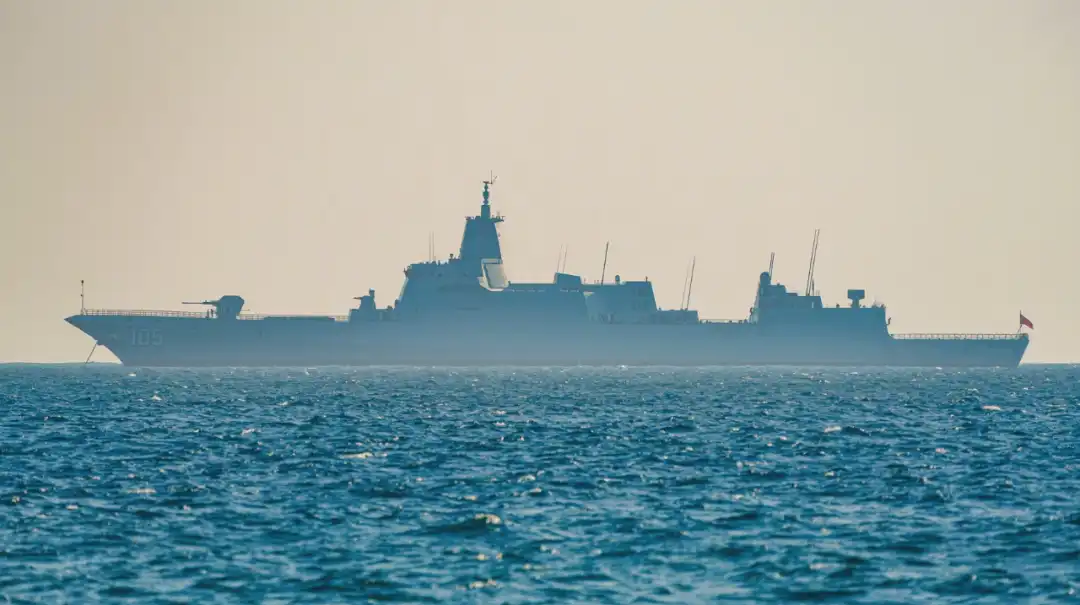
For this offensive method, coupled with anti-ship missiles with horizon and out-of-zone attack capabilities, not to mention the 5 large destroyer, almost all surface ships and single ships,
